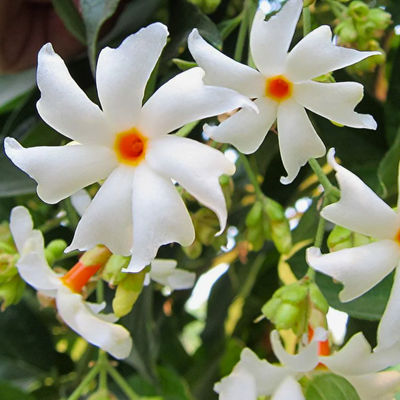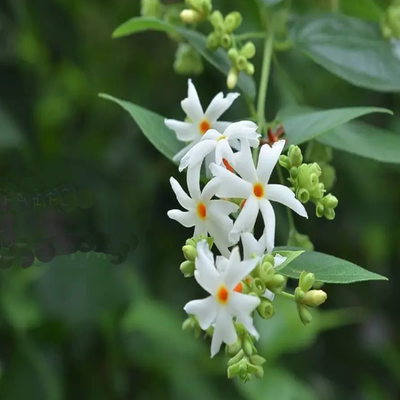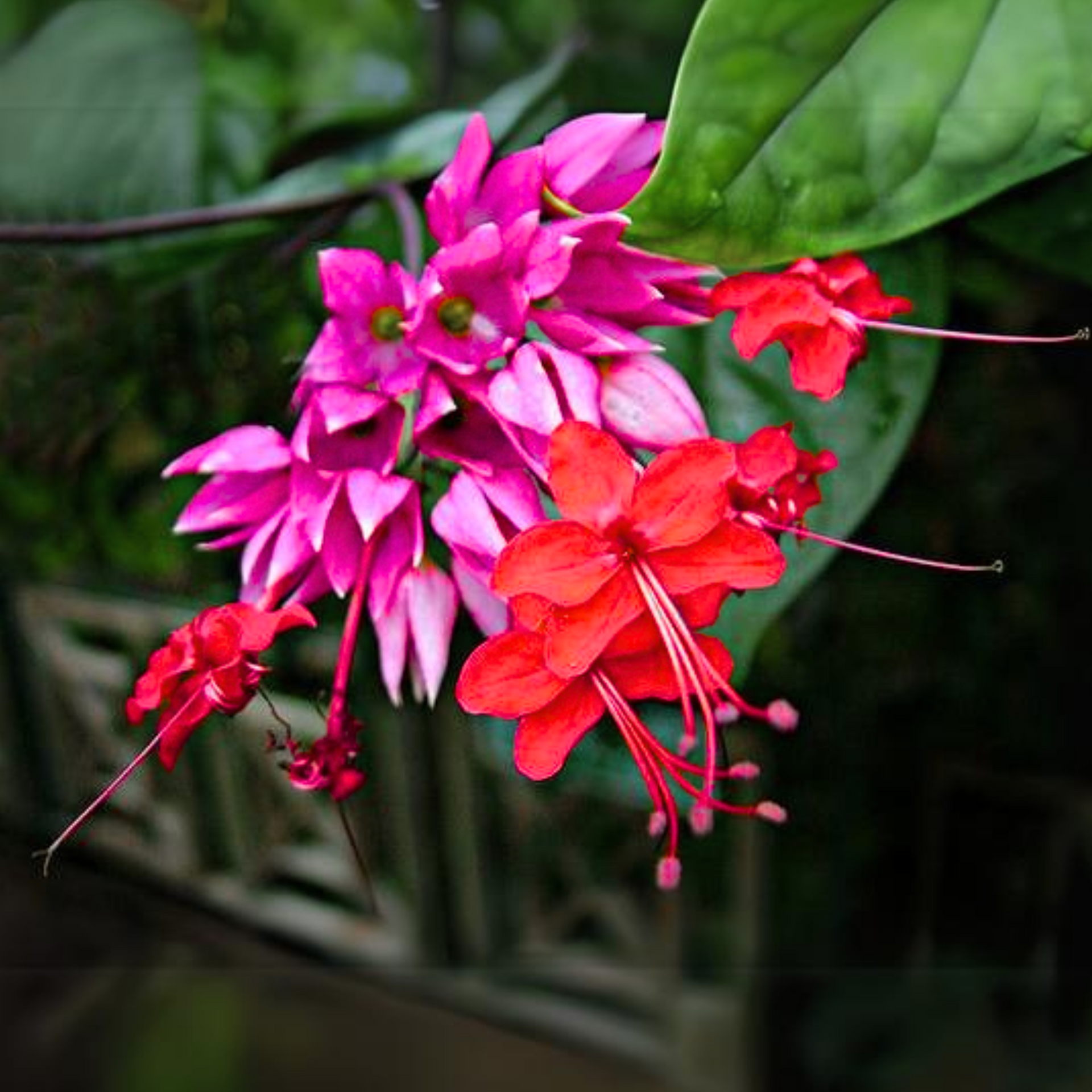
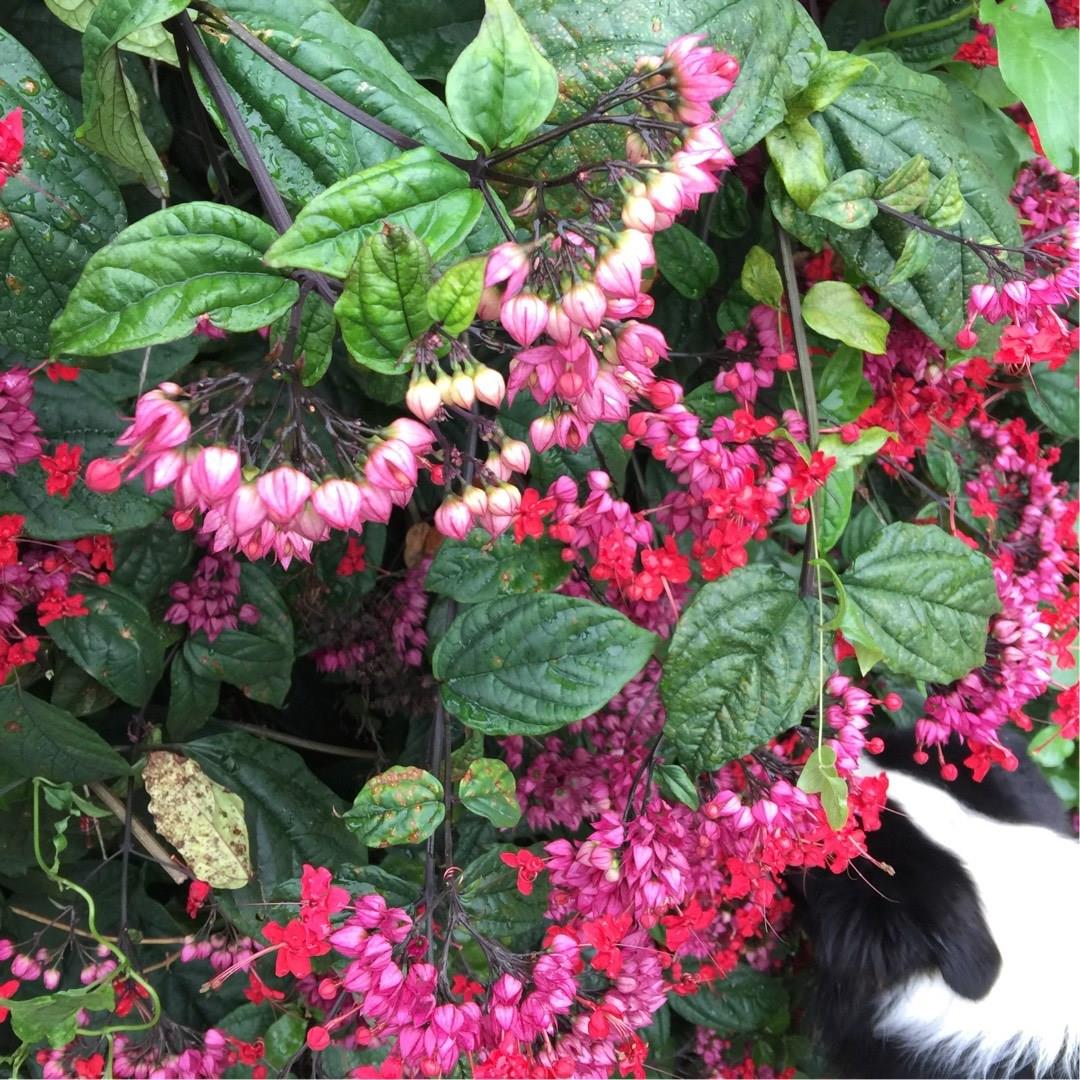
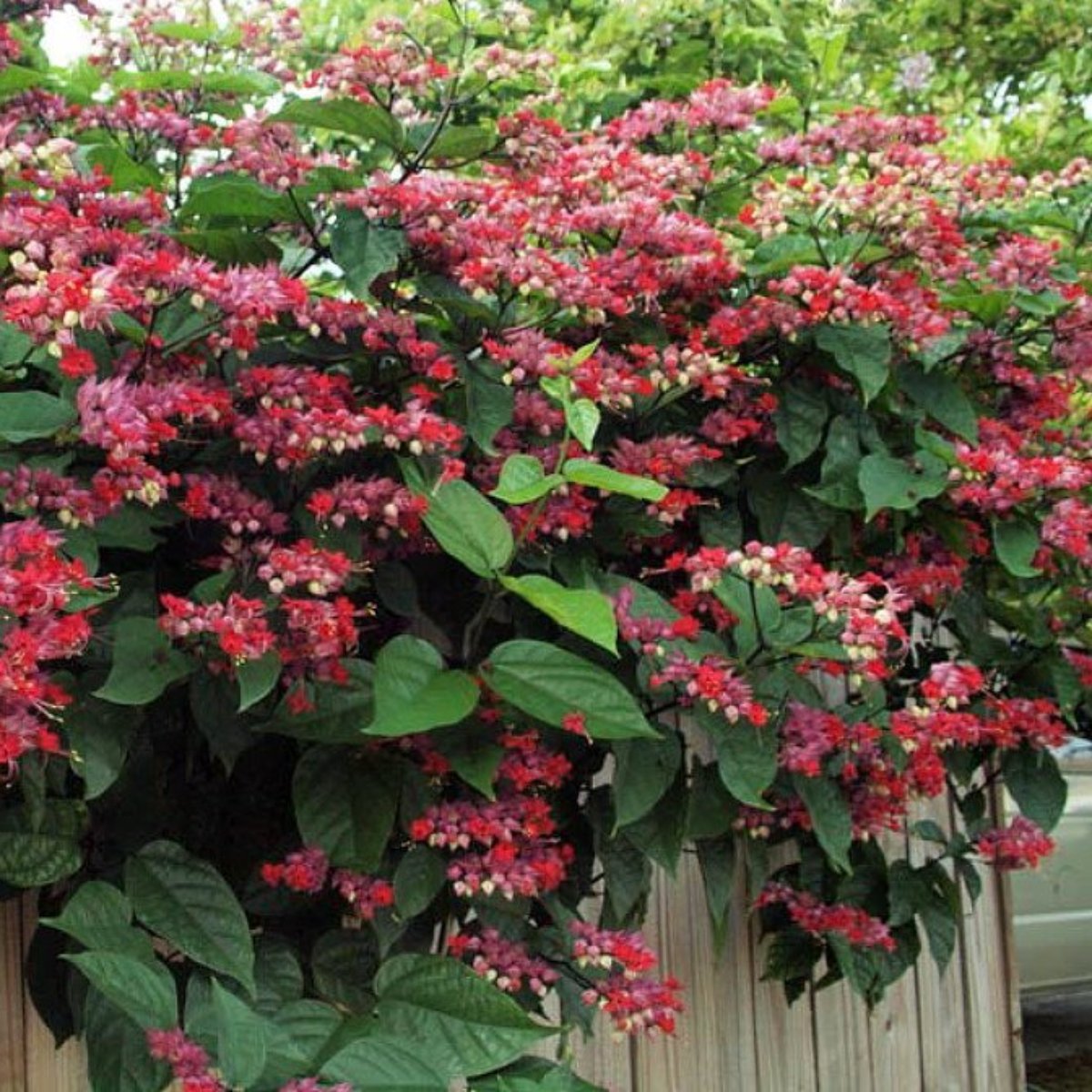
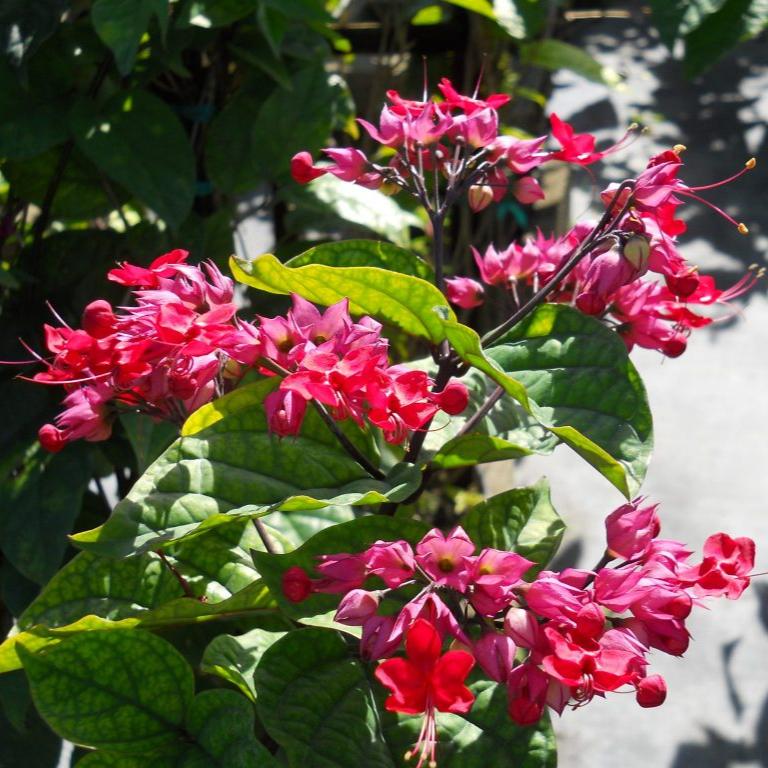
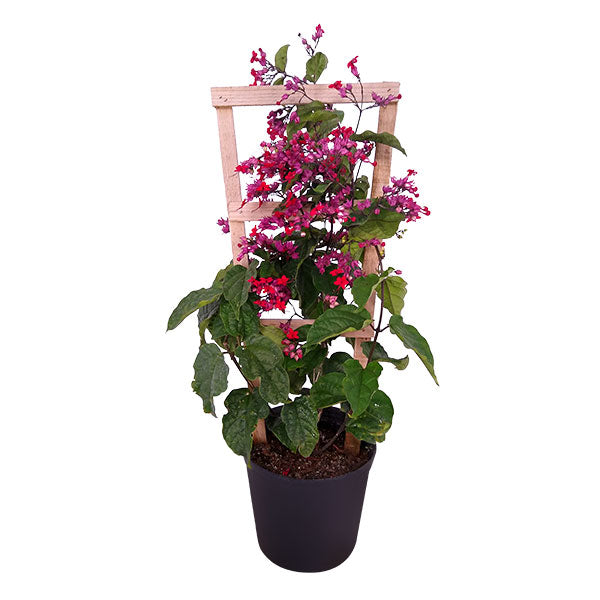
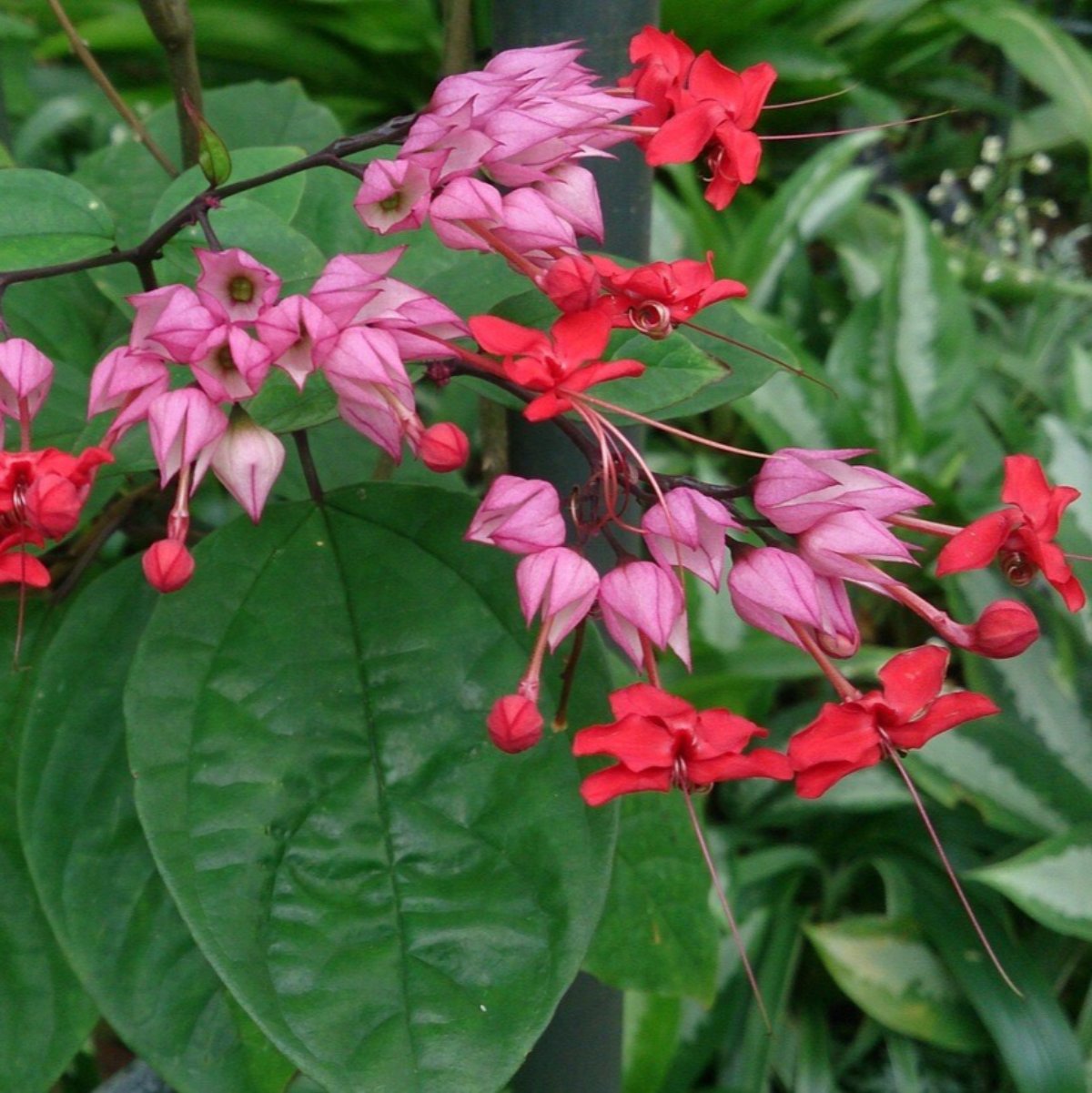
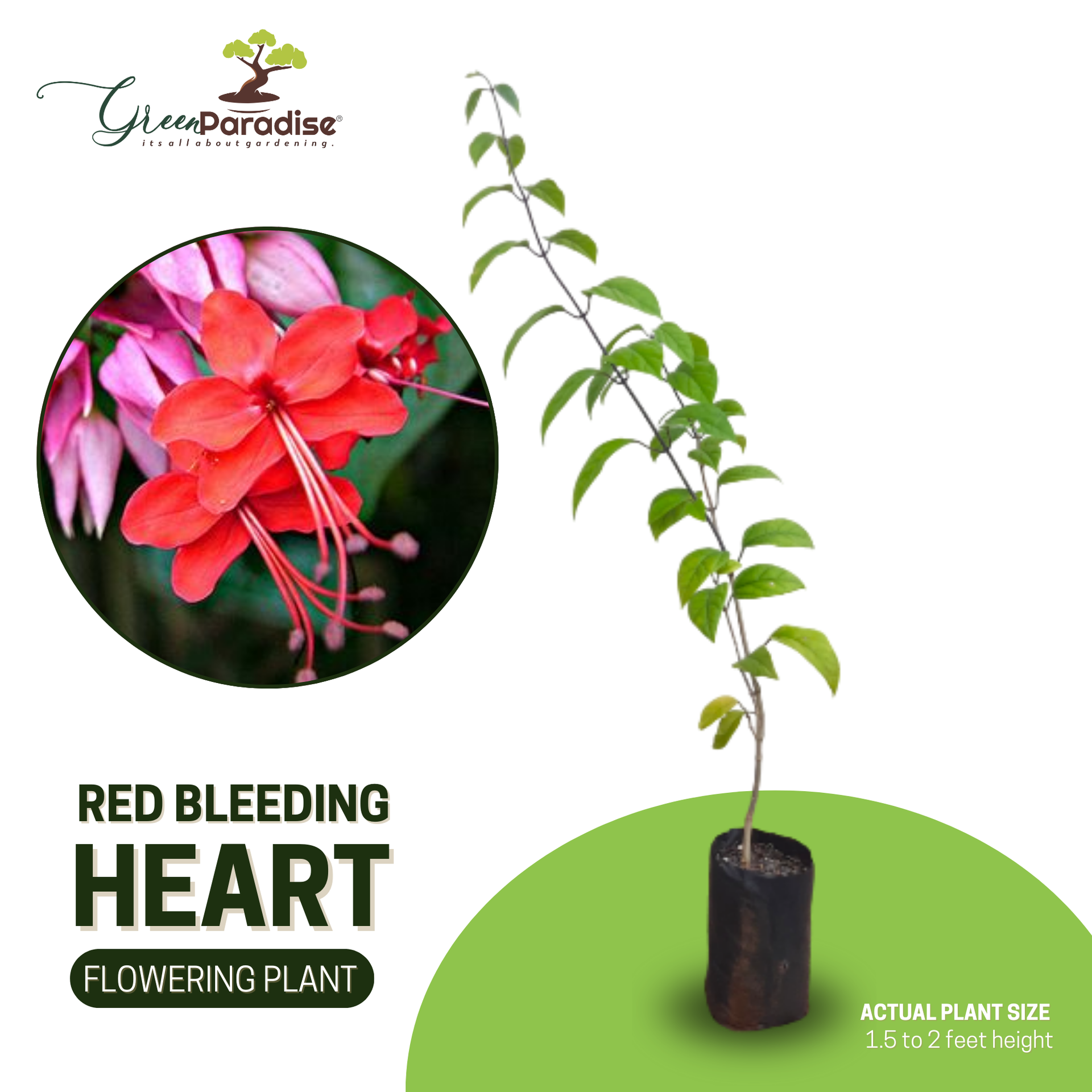
Green Paradise® Bleeding Heart Plant Clerodandrum Thomsoniae Live Plant New Rare Total Red Flowers (1 Piece With Polybag)
Guaranteed Safe Checkout
The Beautiful Flowering Creeper Plant
The Bleeding Heart Plant From The
Green Paradise
In the world of botanical wonders, few plants captivate the human heart and imagination quite like the Bleeding Heart plant (Dicentra spectabilis). With its enchanting and distinctive appearance, this perennial herbaceous plant has earned a special place in the gardens and folklore of many cultures. In this article, we embark on a journey to explore the unique qualities and rich history of the Bleeding Heart plant, a true emblem of nature's artistry.
The Appearance of Love
- The Bleeding Heart plant is aptly named for its peculiar and striking flowers.
- These blossoms, which typically appear in spring, consist of a series of pendant, heart-shaped blooms that dangle gracefully from arching stems.
- Each flower showcases a delicate combination of colors, usually pink or white, making it look as though love itself is spilling from the heart.
- This visual poetry has led to the plant's alternative names, such as "Lady in the Bath" and "Dutchman's Breeches."
An Ancient Tale
- Beyond its aesthetic allure, the Bleeding Heart plant carries a rich history filled with symbolism and legend.
- In Japan, it is known as "Aoi-no-Tsuki," which translates to "moonflower with hollyhock-like leaves."
- Here, it is associated with the tragic yet romantic tale of Princess Nakaba, who suffered a forbidden love.
- In Western folklore, the plant symbolizes undying love and the enduring spirit of hope, making it a popular choice for wedding bouquets and floral arrangements.
Caring for the Bleeding Heart
- If you're considering bringing this symbol of love into your own garden, there are some essential care tips to keep in mind.
- The Bleeding Heart plant thrives in partial to full shade and prefers rich, well-draining soil.
- Adequate moisture is crucial, especially during the warmer months, to mimic the cool woodland environments it naturally inhabits.
- The plant's distinctive appearance belies its hardiness.
- Once established, it can be quite resilient, returning year after year with its unique display of love-inspired blooms.
- However, it's essential to prune spent flowers to encourage a longer blooming season and to prevent self-seeding, as the Bleeding Heart can be prolific in this regard.
A Word of Caution
- While the Bleeding Heart plant is a captivating addition to any garden, it's essential to note that all parts of the plant contain alkaloids, making them toxic if ingested.
- Therefore, exercise caution if you have pets or small children who may be tempted by its intriguing appearance.
Unlocking the Enchanting Beauty of Bleeding Heart
Plants: A Comprehensive Guide to Cultivation
The Bleeding Heart plant, scientifically known as Dicentra spectabilis, is a botanical marvel that enchants garden enthusiasts with its delicate, heart-shaped flowers and fern-like foliage. This perennial plant, native to Asia and North America, is a favorite among gardeners for its unique appearance and relatively low maintenance requirements. If you're eager to cultivate this captivating beauty in your garden, this comprehensive guide will take you through the step-by-step process of growing and caring for Bleeding Heart plants.
Choosing the Right Location:
- Bleeding Heart plants thrive in partially shaded to fully shaded areas, making them ideal for woodland gardens or as an understory plant beneath taller trees and shrubs.
- Select a location with well-draining soil, as they prefer moist but not waterlogged conditions.
- The soil should ideally be rich in organic matter.
- If your soil is heavy clay, amending it with organic compost can improve drainage.
Planting Bleeding Heart:
- Planting Bleeding Heart can be done in either the spring or fall.
- Begin by digging a hole that's about twice the size of the root ball.
- Place the plant in the hole, making sure it sits at the same depth as it was in its previous container.
- Gently pat down the soil around the plant to remove air pockets and water thoroughly.
Watering:
- Maintaining consistent soil moisture is essential for the health of Bleeding Heart plants.
- Water them on a regular basis, particularly during dry spells or hot summers.
- Using a layer of mulch around the base of the plant can help retain moisture and keep the soil cool.
Fertilizing:
- Bleeding Heart plants benefit from a balanced, slow-release fertilizer applied in the spring.
- Avoid excessive fertilization, as this can lead to leggy growth and fewer flowers.
Pruning and Deadheading:
- After the first wave of blooms in late spring to early summer, you may notice the plant's foliage beginning to yellow and wither.
- At this point, it's a good idea to trim back the yellowing leaves.
- This can encourage a flush of new growth and a potential second round of flowering later in the season.
Winter Care:
- In colder climates, provide a layer of mulch in late fall to help insulate the plant's roots during the winter.
- This can prevent frost heaving, which can damage the root system.
Division:
- As Bleeding Heart plants mature, they can become overcrowded.
- Every three to five years, consider dividing the plant in the early spring before new growth emerges.
- Carefully dig up the plant, separate the roots into smaller sections, and replant them in their desired locations.
Pests and Diseases:
- Bleeding Heart plants are generally resistant to most pests and diseases.
- However, they can occasionally fall prey to aphids or slugs.
- Monitor your plants regularly and take appropriate action if any pests are spotted.
Varieties to Explore:
- While the classic Bleeding Heart (Dicentra spectabilis) is the most well-known, there are several other intriguing varieties to explore, including the fringed Bleeding Heart (Dicentra eximia) and the robust Fern-leaf Bleeding Heart (Dicentra formosa).
Enjoying the Beauty:
- One of the most rewarding aspects of growing Bleeding Heart plants is witnessing their unique and exquisite blooms.
- These dainty flowers, which resemble tiny hearts with drops of "bleeding" nectar, add a touch of magic to any garden.
- They make stunning cut flowers for indoor arrangements, bringing their charm into your home as well.
- In conclusion, the Bleeding Heart plant is a captivating addition to any garden, providing a touch of elegance and a conversation piece for admirers.
- With the right care and attention to its specific needs, you can cultivate this botanical wonder and enjoy its unique beauty year after year.
- Whether you're a seasoned gardener or just starting, growing Bleeding Heart plants can be a fulfilling and enchanting experience.
- So, roll up your sleeves, pick the perfect spot, and let the magic of the Bleeding Heart plant unfold in your garden.















